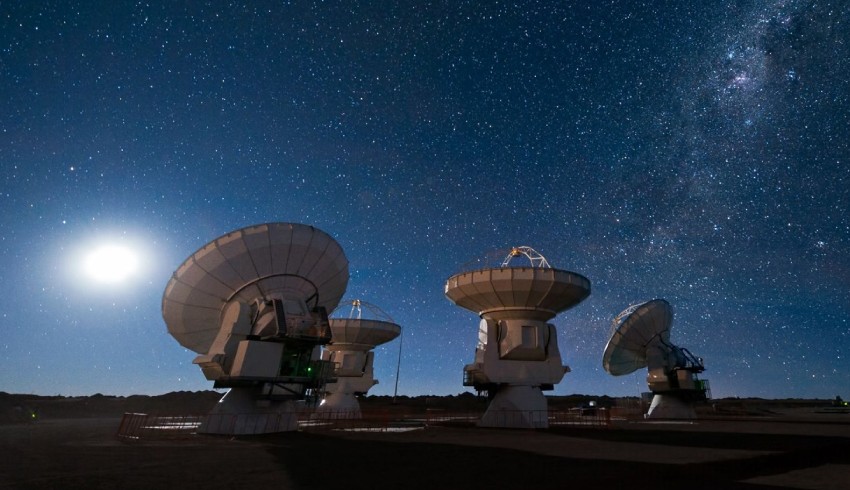AAO will bring together and boost Australia’s existing strengths in optical technology and will take on a commercial and industry focus, while continuing strong engagement with the global community by designing and developing equipment for world-leading facilities.
Minister for Industry, Science and Technology Karen Andrews said, "The work of the research sector partnership, led by Macquarie University, will maximise the scientific and economic returns of Australia’s engagement with international astronomy projects by boosting our global competitiveness."
The transfer of the instrumentation team to Macquarie follows the disestablishment of the Australian Astronomical Observatory, previously a division of the Australian government’s Department of Industry, Innovation and Science (DIIS).
Professor Michael Steel, interim director of AAO-Macquarie and head of physics and astronomy at Macquarie, said earlier in the year, "The consortium will build new optical astronomy instruments for the world’s largest telescopes, create new opportunities for Australian industry, and enhance career pathways for young scientists and engineers."
As part of the same restructure, the 3.9-metre Anglo-Australian Telescope (AAT) at Siding Spring Observatory will henceforth be operated by ANU on behalf of a 13-university consortium. The development of the new AAO is supported by a four-year, $20 million government investment through NCRIS (the National Collaborative Research Infrastructure Strategy), managed by Astronomy Australia Limited.
"These strategic investments are enabling Australia’s highly-respected astronomers to contribute to global discovery, inspire the public, and transform technology with the potential to change lives," Minister Andrews said.
The AAO has a world-renowned reputation for building successful precision instrumentation for the world’s largest telescopes. It has particular strengths in the use of fibre optics and positioning systems that allow telescopes to observe many astronomical objects simultaneously, massively increasing the productivity and flexibility of observatories around the world and opening new views of the universe and its contents.
Speaking at the launch, member for Bennelong John Alexander acknowledged the work undertaken by partners at Macquarie University, the Australian National University, the University of Sydney and Astronomy Australia Limited in establishing the new entity.
"Australian Astronomical Optics is a great example of the power of industry and research partnerships, and there are many more opportunities in optics and spectroscopy, robotics, automated manufacturing and precision engineering. The AAO will lead new applications for optical technology that range from medical imaging, to the airline industry and to spacecraft components – the sky’s the limit," Alexander said.
The AAO now leads the design and construction of a new system that builds on this legacy in partnership with the European Southern Observatory (ESO), positioning thousands of fibres simultaneously, which will allow the most comprehensive survey of our own Milky Way galaxy and the large-scale universe ever done.
AAO will continue to advance astronomical instrumentation for large ground-based telescopes like Gemini (e.g. GHOST spectrograph, which will measure the properties of the oldest stars in the universe), ESO’s Very Large Telescope (e.g. proposed MAVIS imager and spectrograph, which will explore the formation of star clusters across cosmic time), and next generation ‘Extremely Large Telescopes’ (e.g. MANIFEST for GMT, which will facilitate the detection of the earliest galaxies, and the faintest stars in our galaxy).
The AAO will also continue to engage with the emerging opportunities in space (e.g. proposed SkyHopper CubeSat telescope, aimed at detecting Earth-like planets and measuring radiation from the first galaxies to light up the universe).

